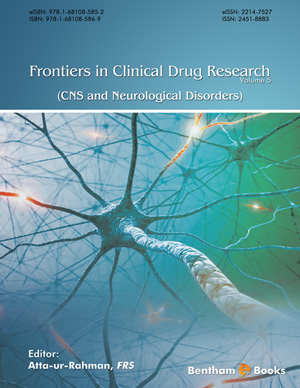Abstract
Biosensors are devices that are composed of recognition element of primary biological nature or mimicking natural receptors, transducer that converts primary chemical signal into the measured physical value (current or voltage) and analyzer that evaluates the physical signal and allows preparing plot of the sensor response vs. the concentration of an analyte. Advantage of the biosensor over traditional analytical techniques, such as chromatography, mass spectroscopy and others is its ease of use, fast response and direct detection of analyte without additional labeling. Current trends are focused on using artificial receptors such as calixarenes and DNA/RNA aptamers for recognition of the molecules significant in medical diagnostics, in particularly, related to neurological disorder. This chapter reviews current state of the art in biosensor development toward detection of neurotransmitters using calixarenes and aptamers as well as prion diseases by DNA aptamer-based biosensors. Biosensors for early diagnostics of Alzheimer's disease are considered with particular emphasis to the optical and electrochemical detection. The detection of appropriate biomarkers, e.g., beta- amyloids, tau and ApoE proteins and miRNA in cerebrospinal fluid and blood is characterized from the point of view of biochemical recognition and signal generation principles. Besides, the problem of screening and sensitive detection of Alzheimer's disease drugs based on their anti-cholinesterase effect is discussed with examples of appropriate biosensors.
Keywords: Alzheimer's disease, Amyloid-β, Anti-cholinesterase drug, Aptamer, Biosensor, Calixarene, Carbon nanotubes, Dopamine, Neurotransmitters, Prions.






















